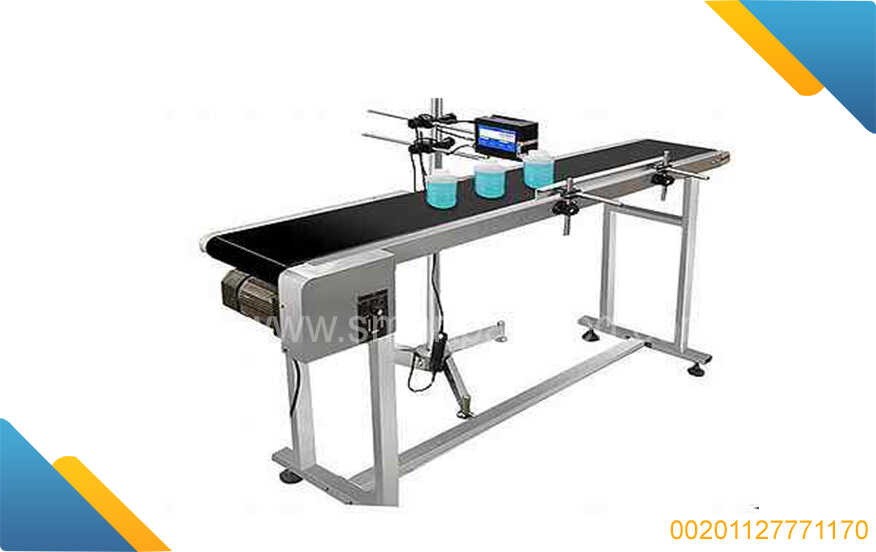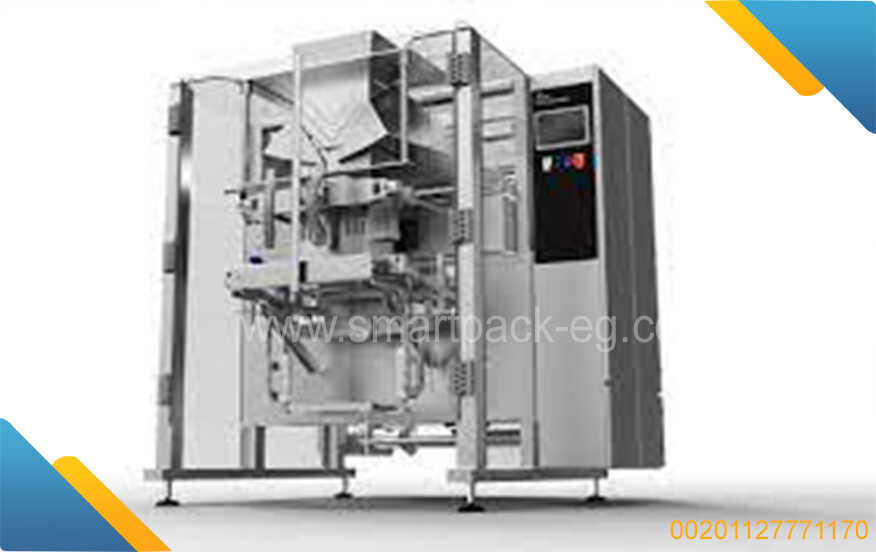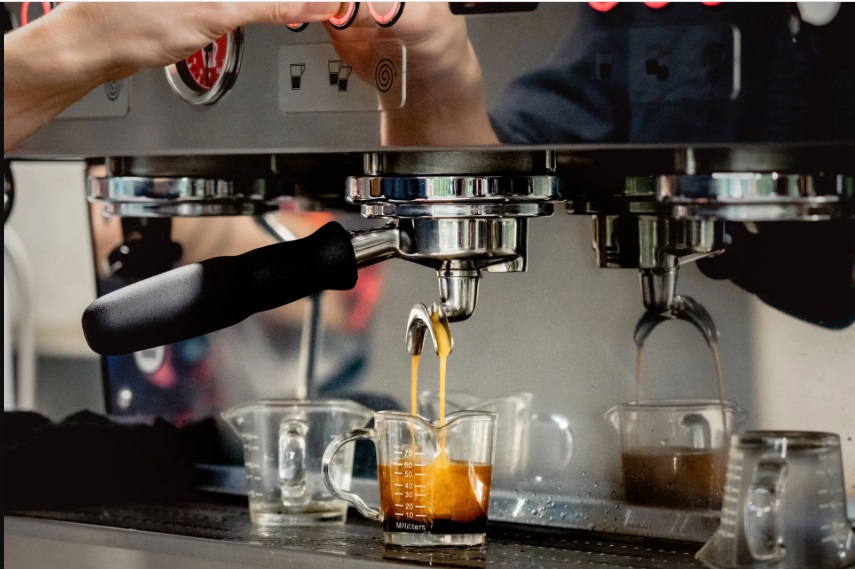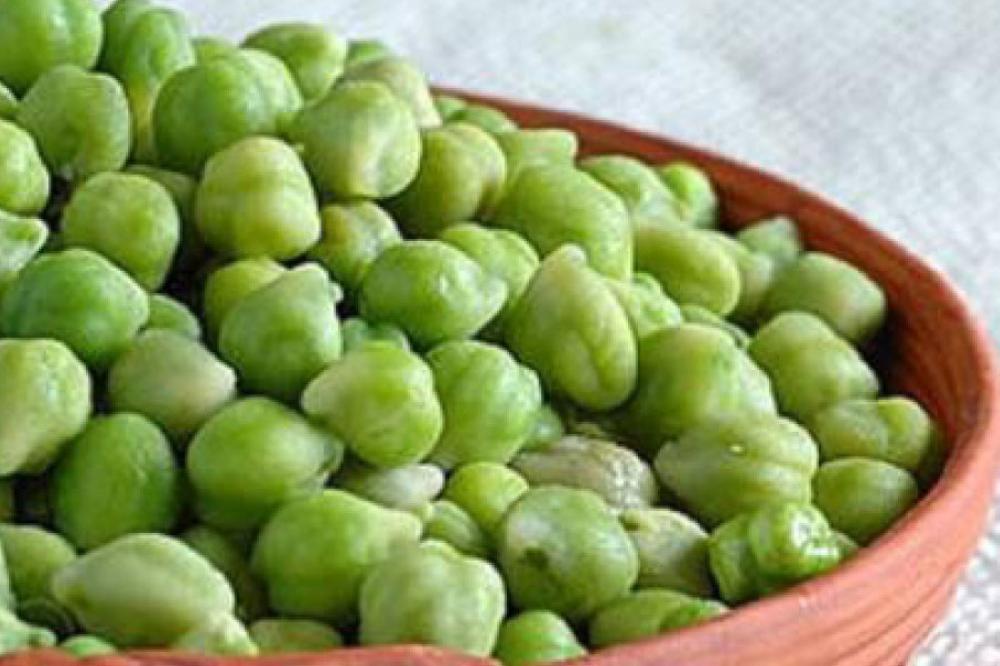How To Guide: Manufacturing Table Salt Locally
Table salt is one of the most widely used culinary substances found in almost every household. While it is readily available in stores, manufacturing table salt locally can be a rewarding endeavor. In this guide, I will explain the process of manufacturing table salt and the materials required for its production.
Materials Required:
-
Saltwater: The primary ingredient for manufacturing table salt is saltwater. This can be sourced from various places, including oceans, saltwater lakes, or underground brine deposits. Ensure that the saltwater is free from impurities and has a high salt concentration.
-
Evaporating Pans or Salt Ponds: To evaporate the saltwater and extract salt crystals, you will need evaporating pans or salt ponds. These pans or ponds should be made of non-reactive materials such as stainless steel or plastic to avoid contamination.
-
Filtering Equipment: Filtration equipment is essential to remove any debris, sediment, or impurities present in the saltwater. This can include sand filters, cartridge filters, or any other suitable filtration system.
-
Heat Source: A reliable heat source, such as a gas burner or electric heater, is required to evaporate the water from the saltwater solution. Choose a heat source that allows precise temperature control for optimal results.
-
Storage Containers: You will need suitable storage containers to store the extracted table salt. These containers should be airtight and moisture-resistant, preventing the absorption of moisture or exposure to air.
Manufacturing Process:
Step 1: Source and Filter Saltwater
Collect saltwater from a reliable source such as an ocean or saltwater lake. Use filtration equipment to remove any impurities present in the water. This ensures a cleaner and purer salt product.
Step 2: Evaporation
Transfer the filtered saltwater into the evaporating pans or salt ponds. Set up the heat source beneath the pans or ponds and gradually heat the saltwater, allowing the water to evaporate. As the water evaporates, salt crystals will start forming.
Step 3: Harvesting and Drying Salt Crystals
Once the salt crystals have reached the desired size, carefully harvest them using a non-reactive utensil or scoop. Avoid disturbing the remaining liquid in the pans or ponds. Place the harvested salt crystals on drying racks or trays and allow them to air dry completely. This process may take several days, depending on the humidity levels in your location.
Step 4: Grinding and Packaging
Once the salt crystals are completely dry, use a grinder or a mortar and pestle to finely grind them into a uniform powder. Transfer the powdered table salt into clean, airtight containers suitable for long-term storage. Label the containers with the date of manufacturing for easy reference.
Conclusion:
Manufacturing table salt locally can be a fascinating and rewarding process. By sourcing saltwater from suitable locations, evaporating it, and carefully harvesting and drying the resulting salt crystals, you can produce high-quality table salt for personal use or even for sale. Remember to maintain hygiene and cleanliness throughout the process to ensure a safe and healthy final product. Enjoy the satisfaction of using your very own homemade table salt!


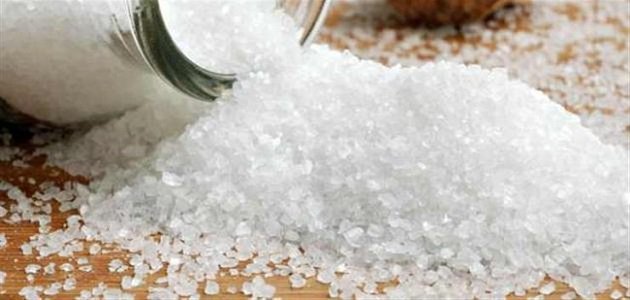
 Admin
Admin 